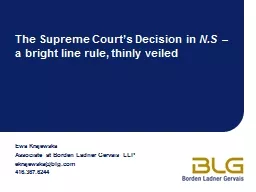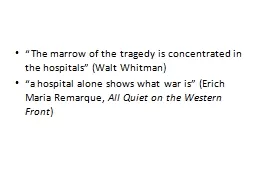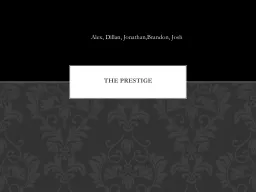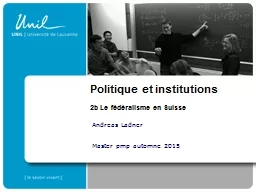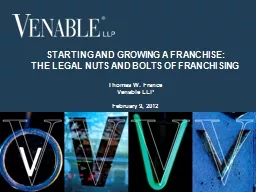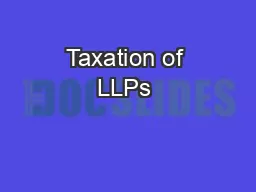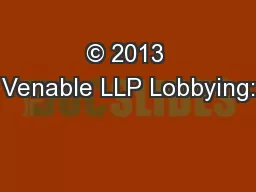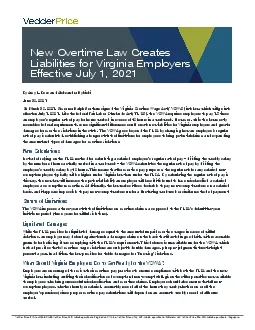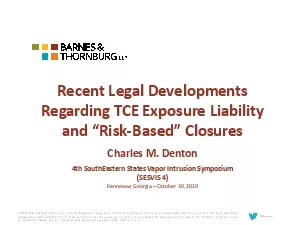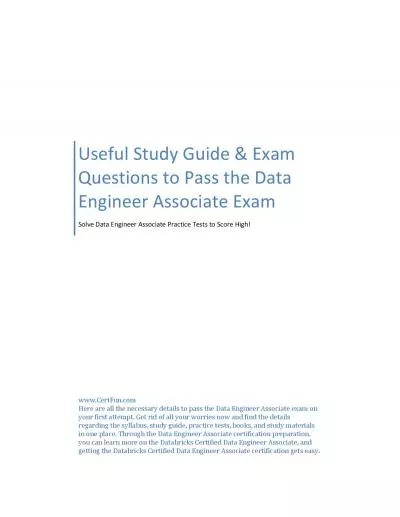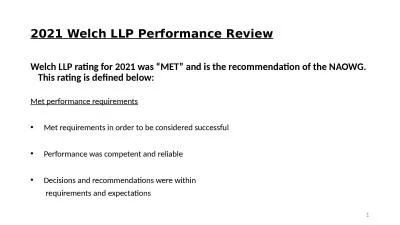PPT-Ewa Krajewska Associate at Borden Ladner Gervais LLP
Author : debby-jeon | Published Date : 2020-01-22
Ewa Krajewska Associate at Borden Ladner Gervais LLP ekrajewskablgcom 4163676244 The Supreme Courts Decision in NS a bright line rule thinly veiled The Underlying
Presentation Embed Code
Download Presentation
Download Presentation The PPT/PDF document "Ewa Krajewska Associate at Borden Ladner..." is the property of its rightful owner. Permission is granted to download and print the materials on this website for personal, non-commercial use only, and to display it on your personal computer provided you do not modify the materials and that you retain all copyright notices contained in the materials. By downloading content from our website, you accept the terms of this agreement.
Ewa Krajewska Associate at Borden Ladner Gervais LLP: Transcript
Download Rules Of Document
"Ewa Krajewska Associate at Borden Ladner Gervais LLP"The content belongs to its owner. You may download and print it for personal use, without modification, and keep all copyright notices. By downloading, you agree to these terms.
Related Documents

